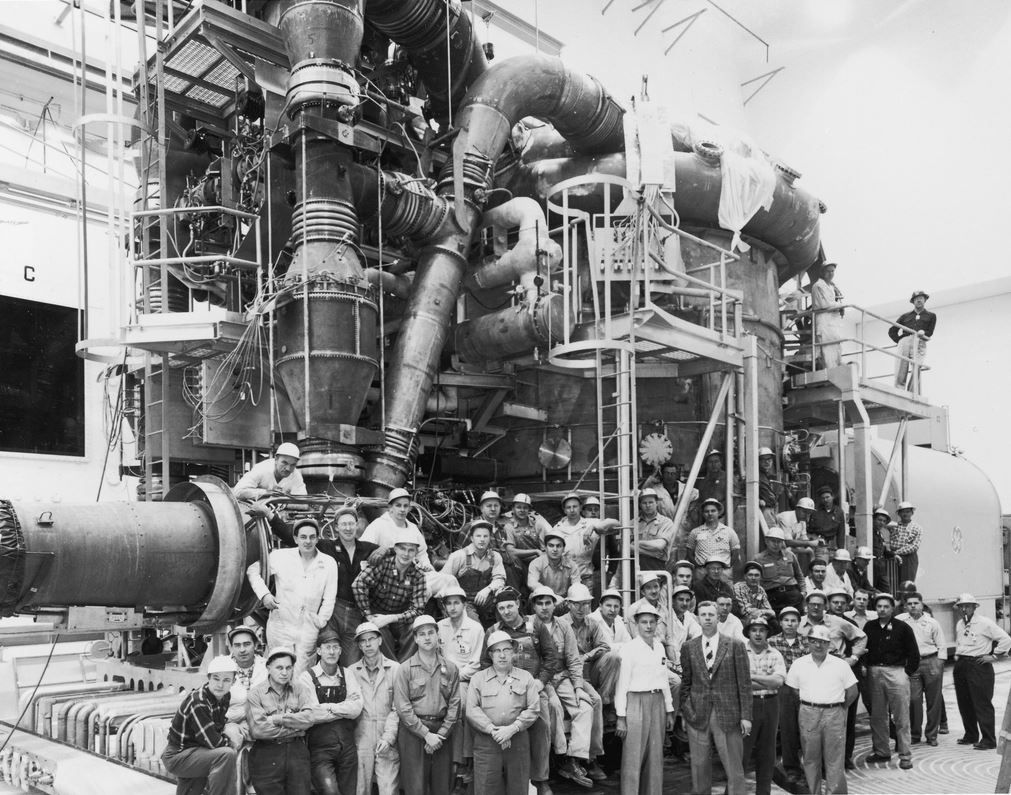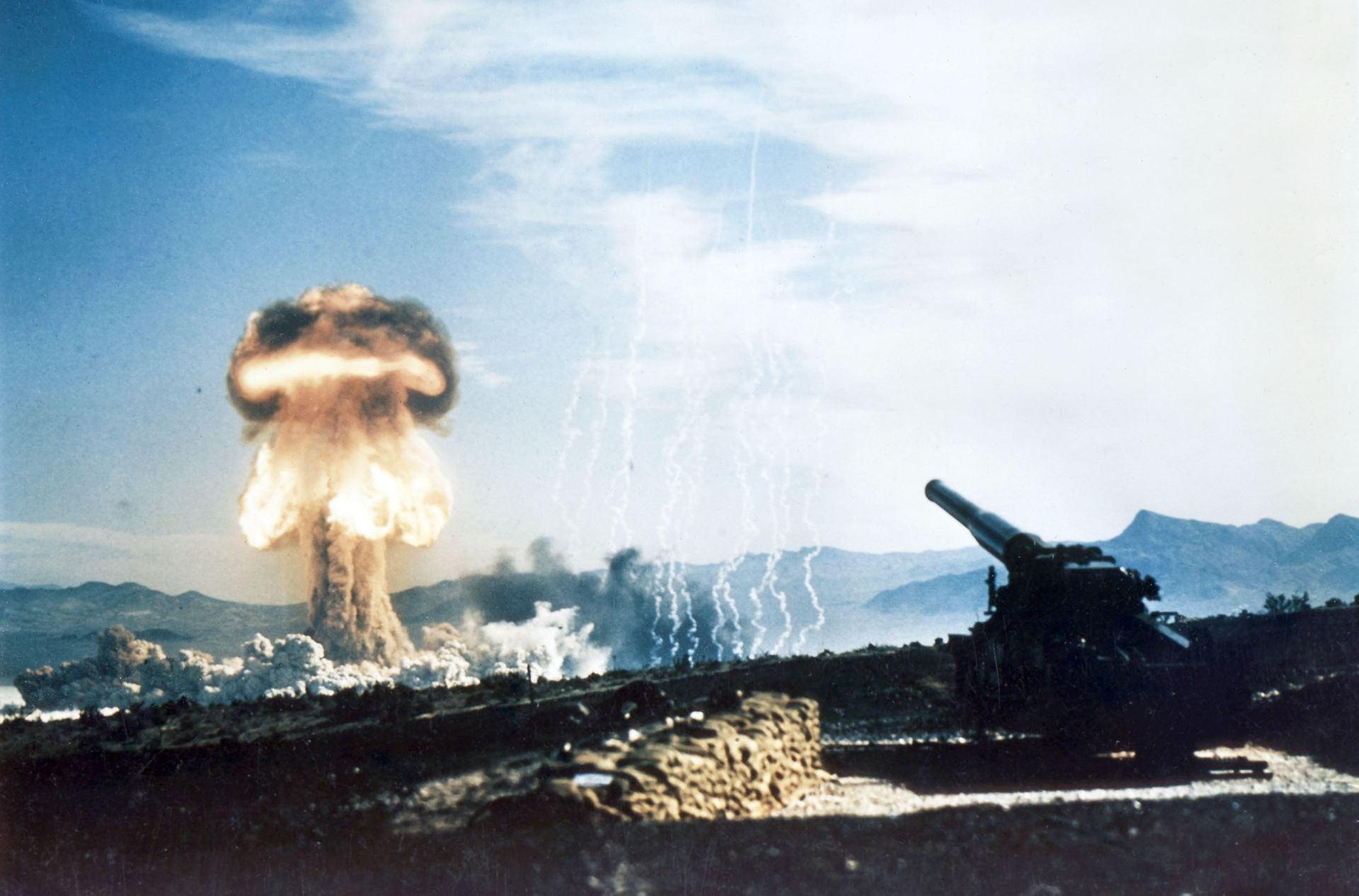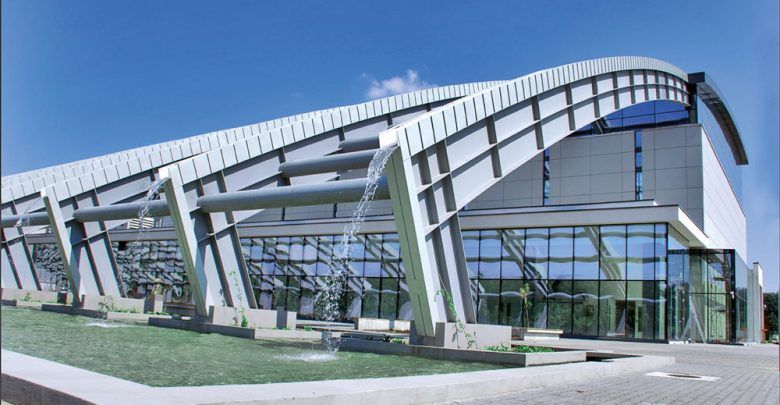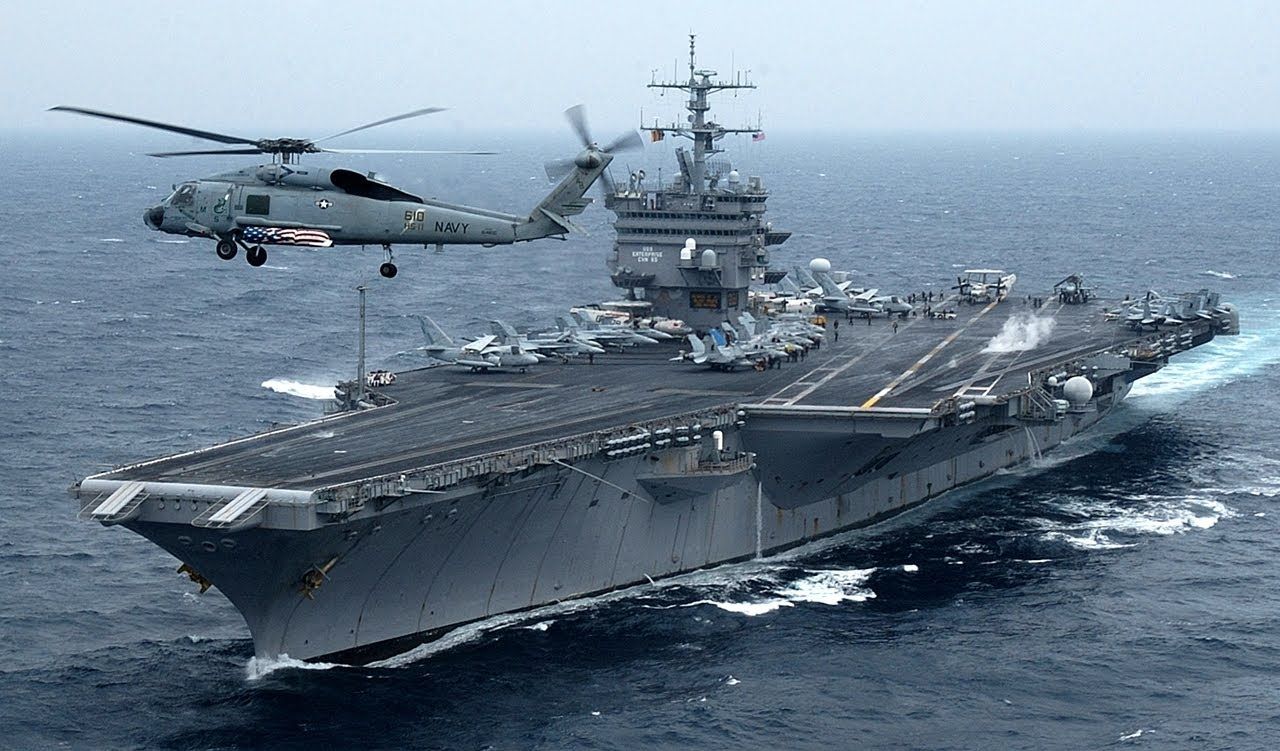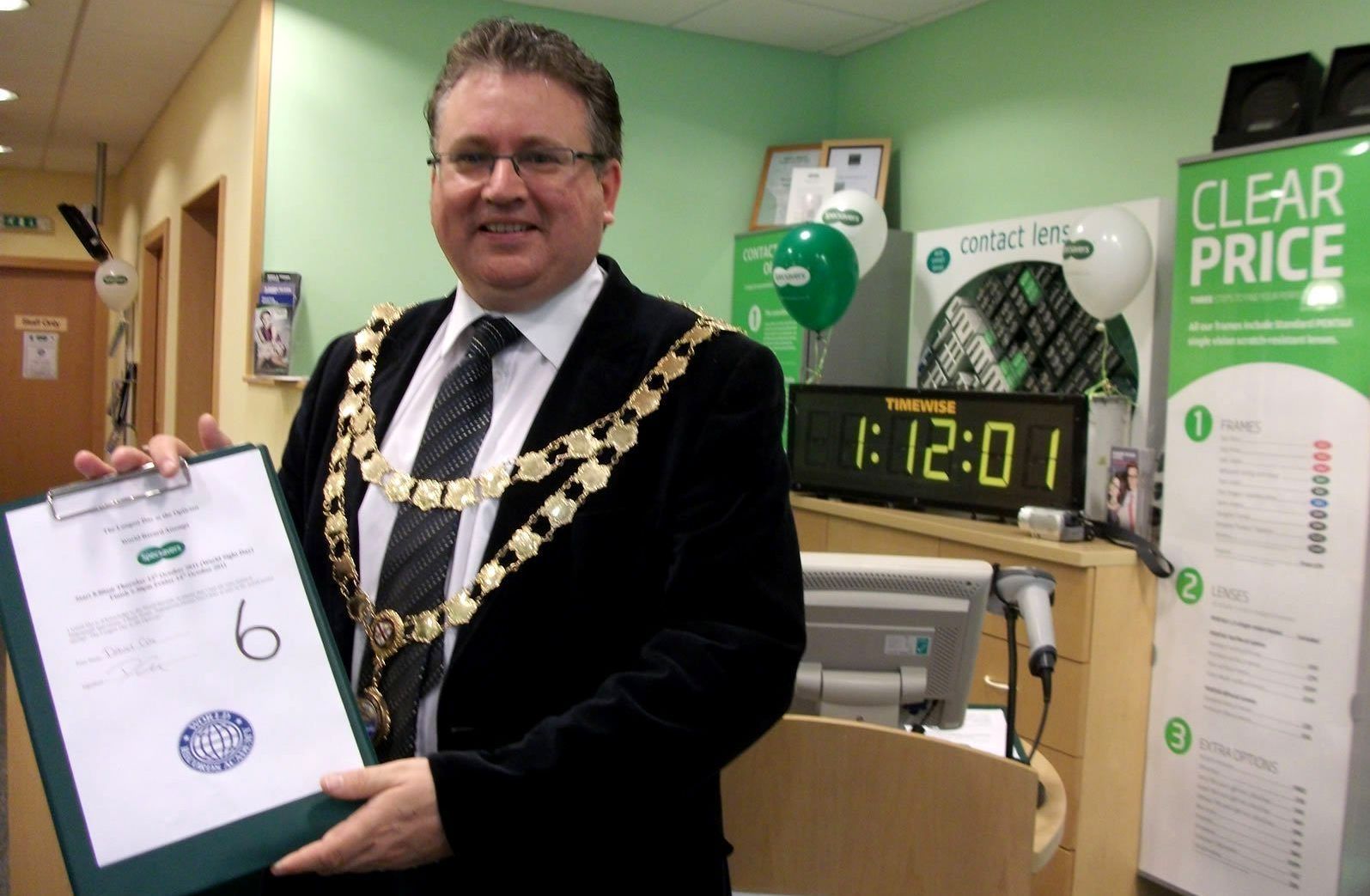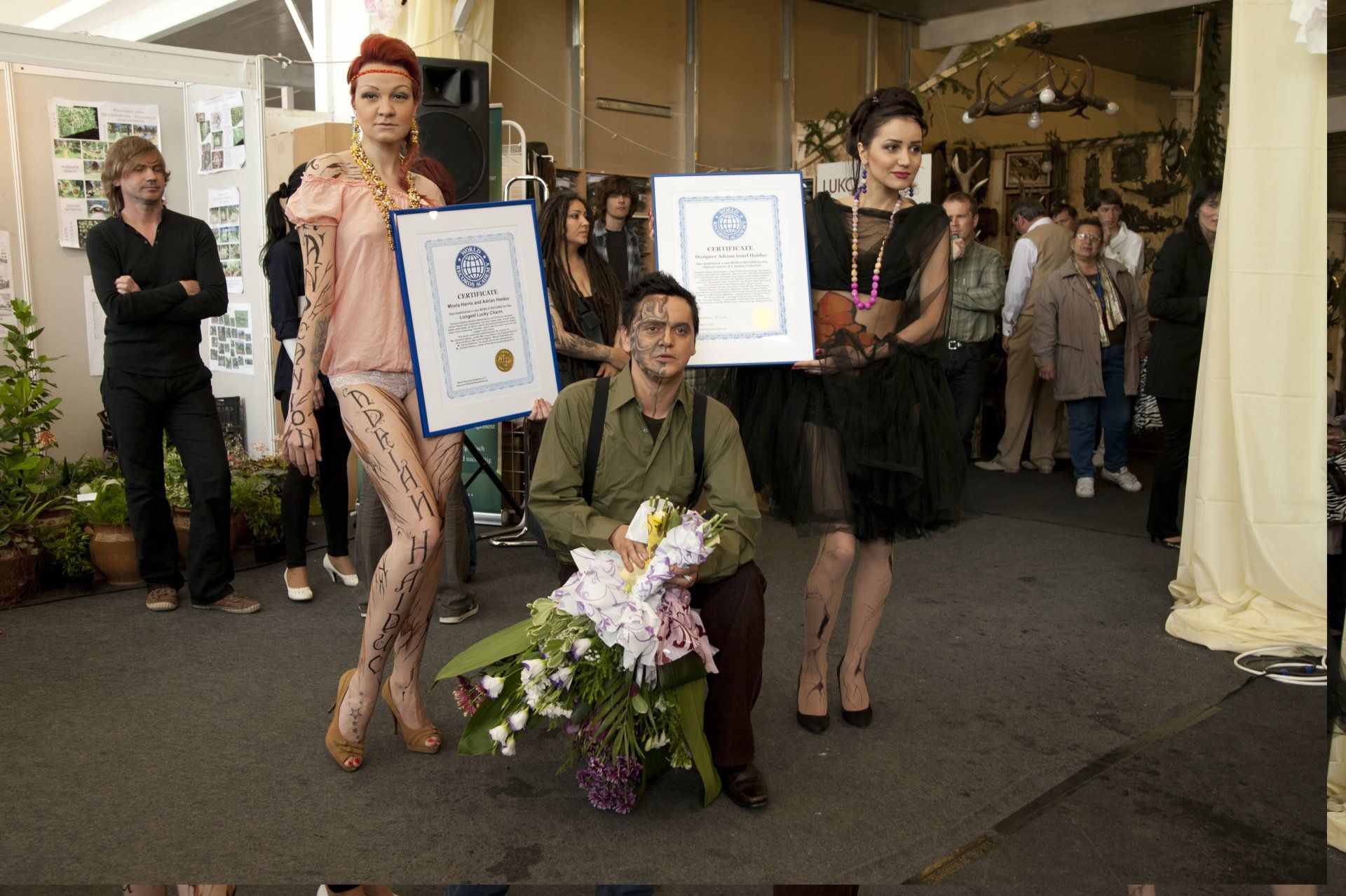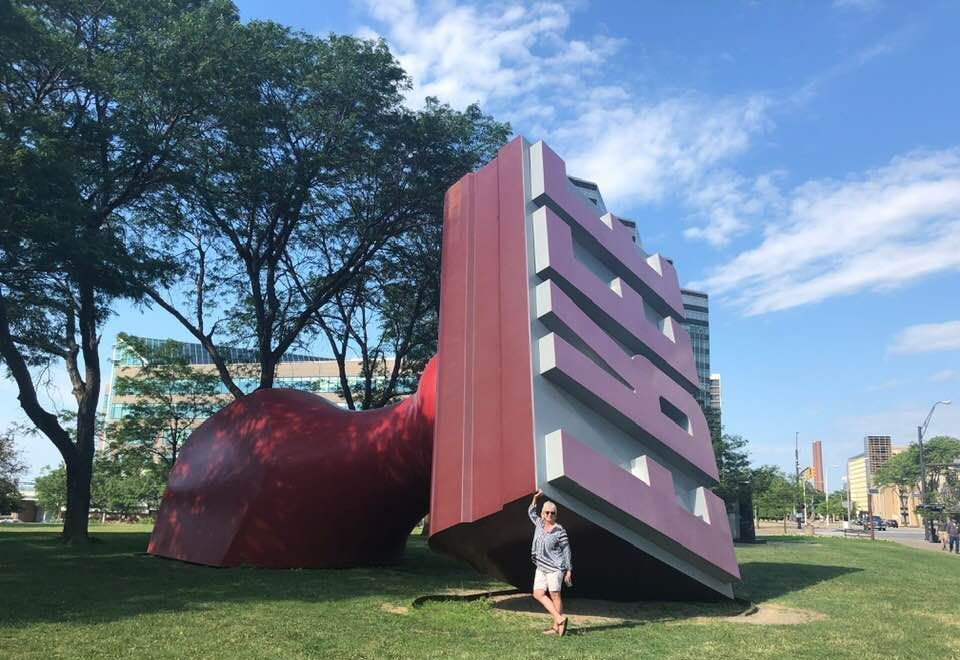World's First Nuclear Reactor, world record in Chicago, Illinois
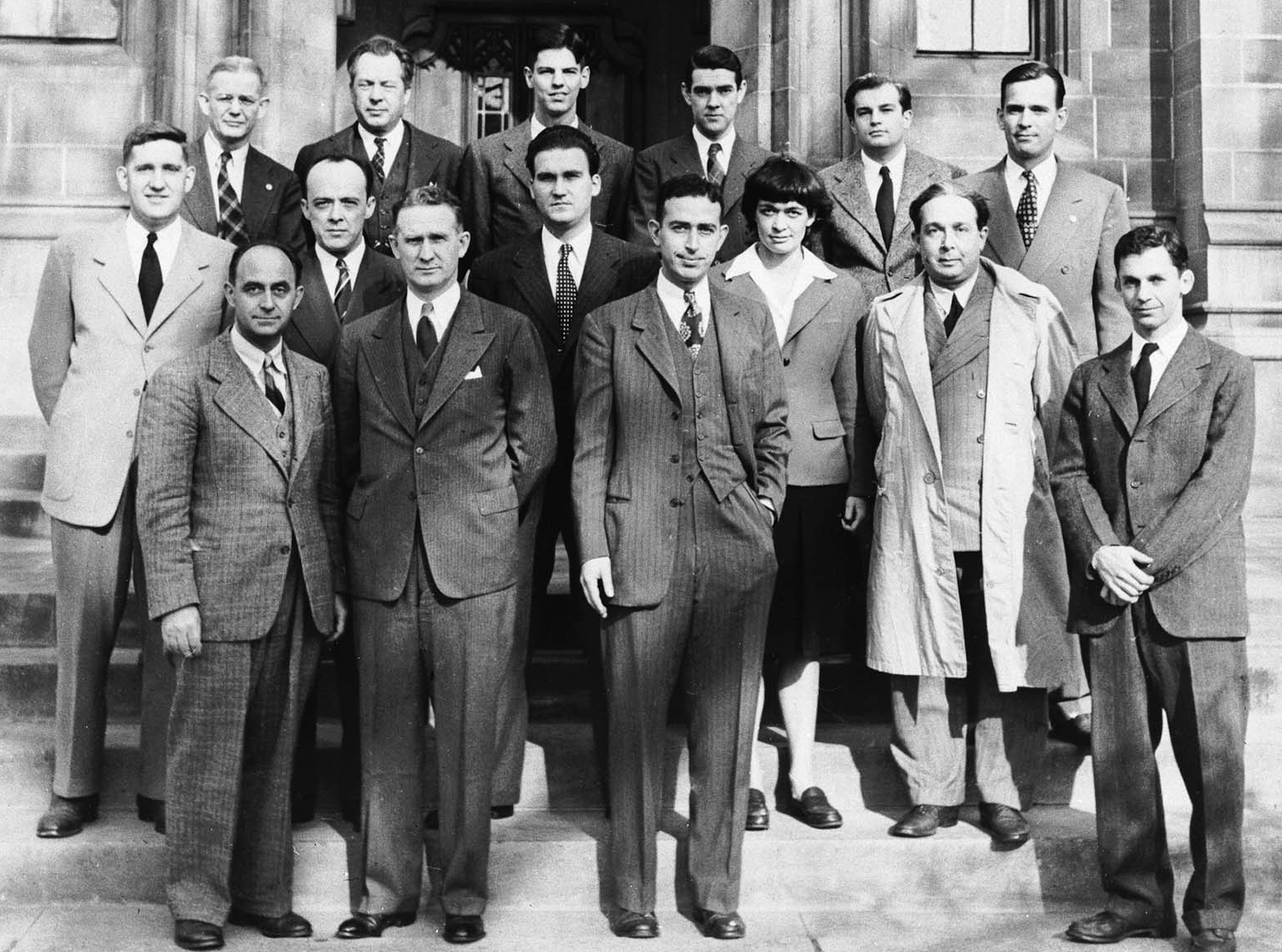
Chicago, Illinois, United States--On 2 December 1942, the first human-made self-sustaining nuclear chain reaction was initiated in Chicago Pile-1 (CP-1) during an experiment developed by the Metallurgical Laboratory at the University of Chicago, Illinois, United States, led by Enrico Fermi; the reactor, which contained 45,000 ultra-pure graphite blocks weighing 360 short tons (330 tonnes) and was fueled by 5.4 short tons (4.9 tonnes) of uranium metal and 45 short tons (41 tonnes) of uranium oxide, sets the world record for being the World's First Nuclear Reactor, according to the WORLD RECORD ACADEMY.
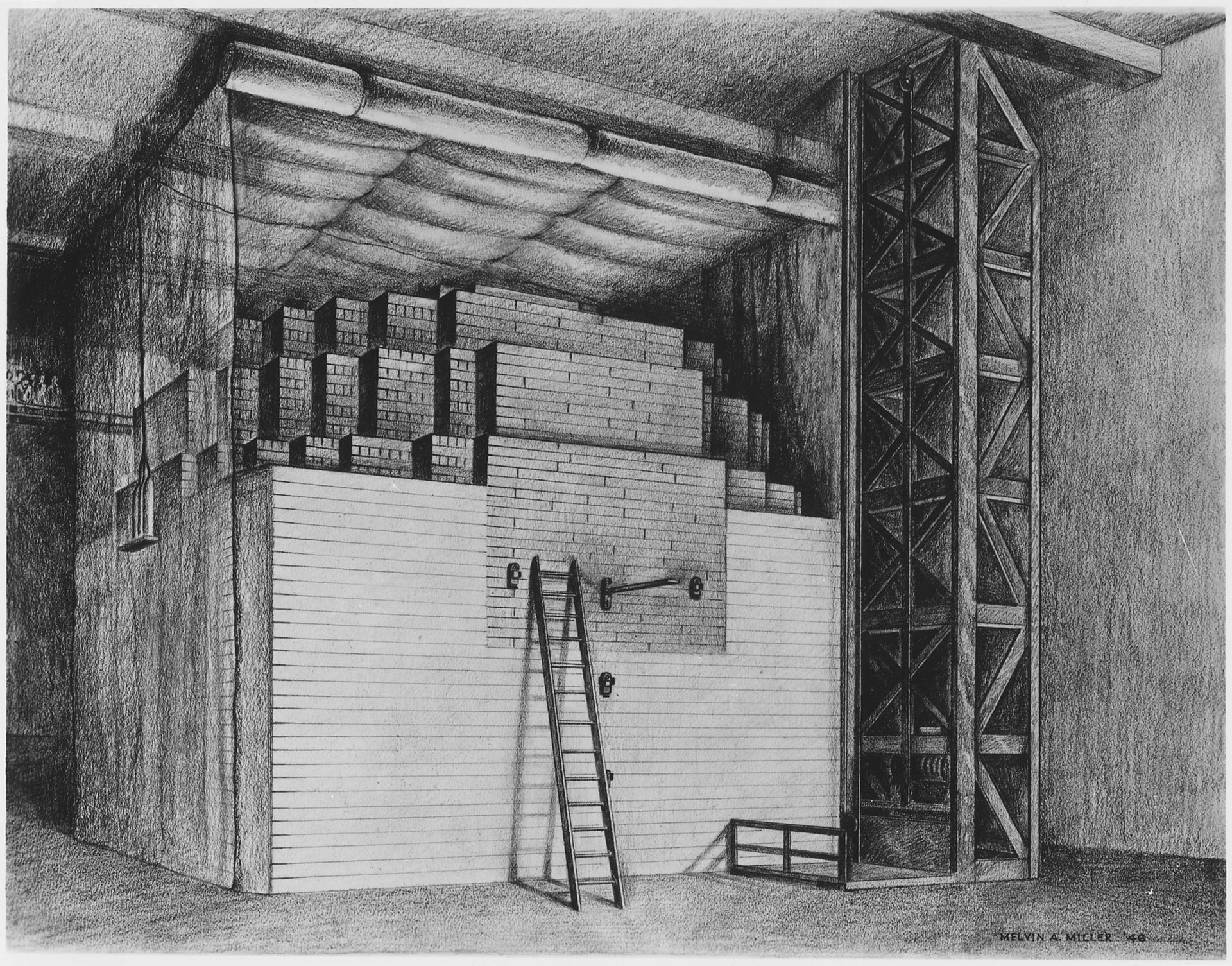
"Chicago Pile-1 (CP-1) was the world's first artificial nuclear reactor. On 2 December 1942, the first human-made self-sustaining nuclear chain reaction was initiated in CP-1 during an experiment led by Enrico Fermi. The secret development of the reactor was the first major technical achievement for the Manhattan Project, the Allied effort to create nuclear weapons during World War II.
"Developed by the Metallurgical Laboratory at the University of Chicago, CP-1 was built under the west viewing stands of the original Stagg Field. Although the project's civilian and military leaders had misgivings about the possibility of a disastrous runaway reaction, they trusted Fermi's safety calculations and decided they could carry out the experiment in a densely populated area. Fermi described the reactor as "a crude pile of black bricks and wooden timbers".
"After a series of attempts, the successful reactor was assembled in November 1942 by a team of about 30 that, in addition to Fermi, included scientists Leo Szilard (who had previously formulated an idea for non-fission chain reaction), Leona Woods, Herbert L. Anderson, Walter Zinn, Martin D. Whitaker, and George Weil. The reactor used natural uranium. This required a very large amount of material in order to reach criticality, along with graphite used as a neutron moderator.
"The reactor contained 45,000 ultra-pure graphite blocks weighing 360 short tons (330 tonnes) and was fueled by 5.4 short tons (4.9 tonnes) of uranium metal and 45 short tons (41 tonnes) of uranium oxide. Unlike most subsequent nuclear reactors, it had no radiation shielding or cooling system as it operated at very low power – about one-half watt." (Wikipedia)
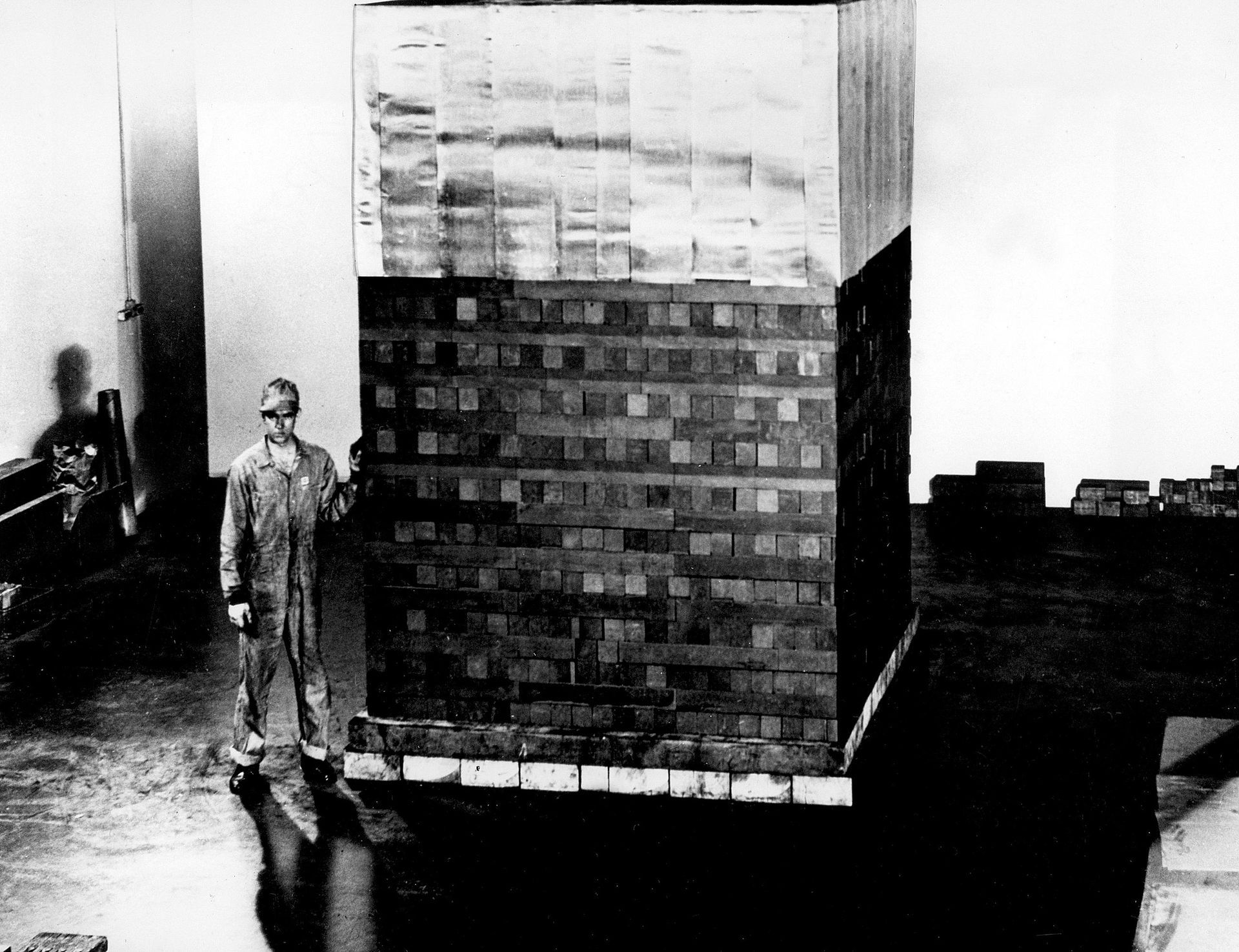
"In 1942, the Manhattan Project needed to create a chain reaction—a crucial step toward proving that it would be possible to make an atomic bomb. The scientists achieved this sustained nuclear reaction, the first created by humans, on Dec. 2, 1942, in a squash court under the stands of Stagg Field at the University of Chicago," the
UChicago News says.
Nicknamed “Chicago Pile-1,” the world’s first nuclear reactor kicked off the Atomic Age and has a complicated legacy, including the rise of both nuclear energy and nuclear weapons. The Project decided to consolidate this effort in one location. Because Chicago had an existing population of top physicists and chemists, was centrally located far from both coasts, and had space and housing for the project, the nuclear reactor project was headquartered at the University of Chicago and code-named “the Metallurgical Laboratory.”
"The reactor itself, nicknamed “Chicago Pile-1” or CP-1 for short, was a 20-foot-tall pile of graphite blocks studded with hundreds of smaller blocks of uranium. Crews worked round the clock for two weeks, purifying graphite and uranium, arranging the blocks in 57 layers of precise positions, and fitting holes for cadmium control rods. They finished on the evening of Dec. 1, 1942."
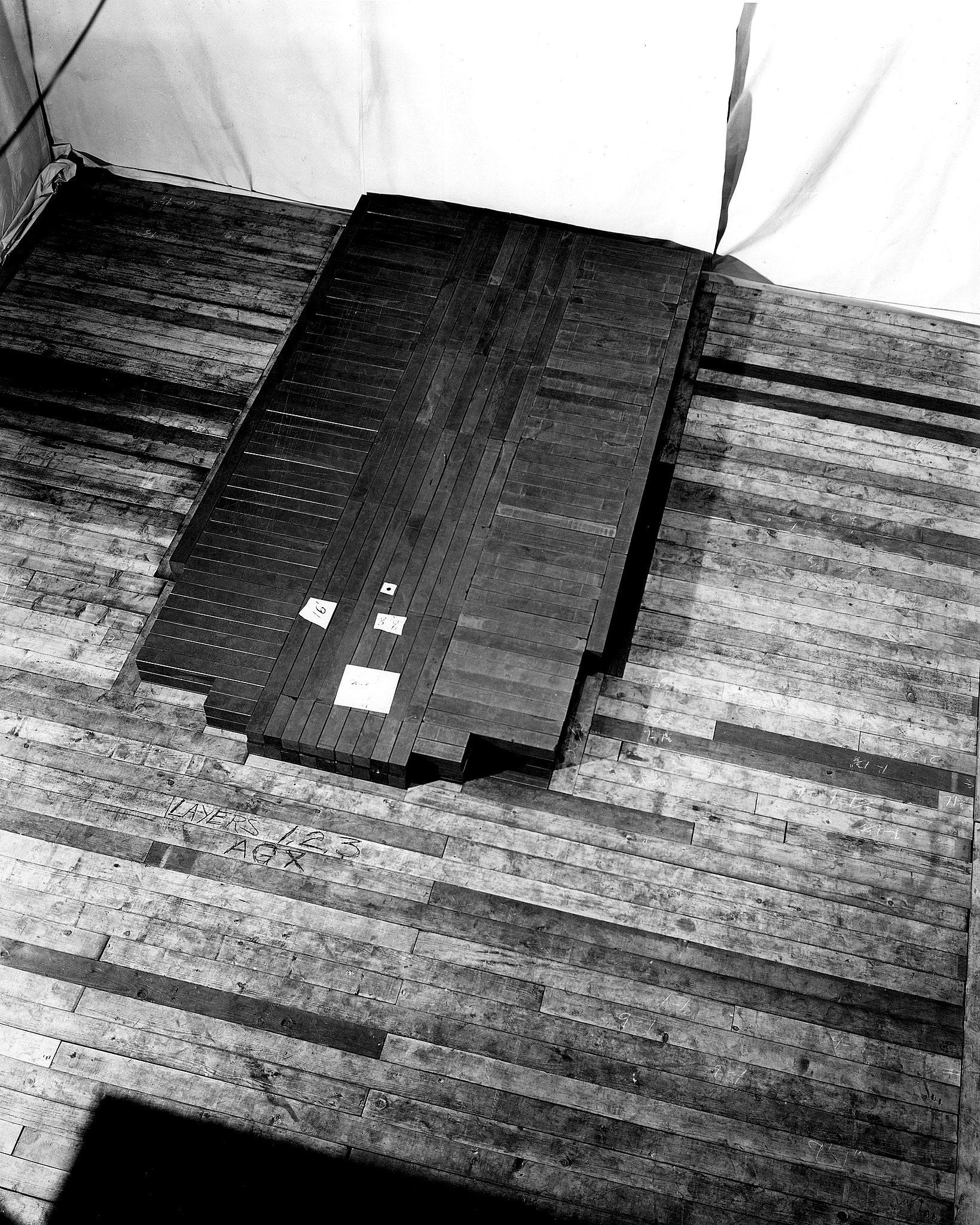
"The American Physical Society has designated Chicago Pile-1 and Stagg Field at the University of Chicago, as well as “Site A” in the nearby Palos Forest Preserve, as historic sites to recognize the world’s first self-sustaining, controlled nuclear chain reaction.
"“Few events have changed both science and society as greatly as the controlled nuclear fission research successfully performed by Fermi and his team at the University of Chicago,” said Lee Sawyer, chair of the American Physical Society Historic Sites Committee," the UChicago News says.
"“The development of the world’s first controlled, sustained nuclear reaction at the University of Chicago defined a field of research and had a profound impact on world history, in ways that we continue to see today,” said Juan de Pablo, executive vice president for science, innovation, national laboratories, and global initiatives at the University of Chicago. “We are honored by the American Physical Society’s recognition of the pivotal work that took place under the stands of the old Stagg Field and at the suburban ‘Site A,’ the forerunner of today’s thriving Argonne National Laboratory.”
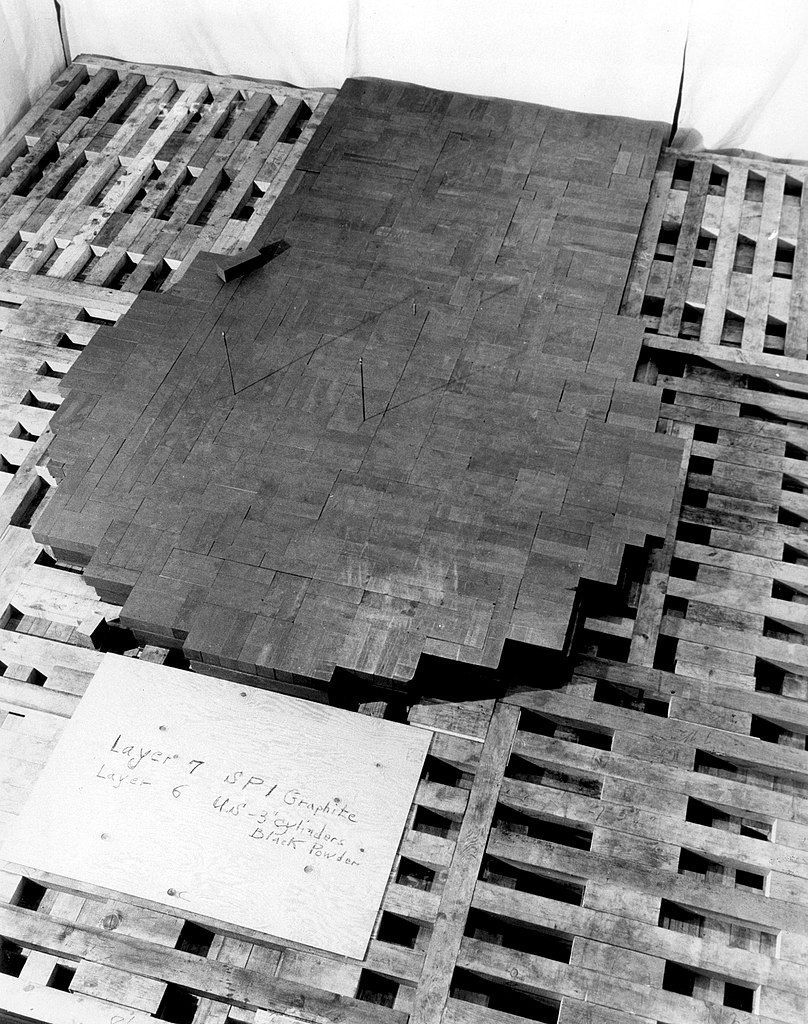
"Chicago Pile No. 1 (CP-1) was constructed in a makeshift laboratory under the grandstand of Stagg Field Stadium at The University of Chicago. In 1965, the site was designated a registered national historic landmark," the University of Chicago Physics says.
"The sculpture was dedicated in 1967 on "the 25th anniversary of the first controlled generation of nuclear power, an experiment by Enrico Fermi and his colleagues." The sculpture, provided by the Trustees of the B.F.Ferguson Monument Fund of the Art Institute of Chicago, is on the east side of Ellis Avenue between 56th and 57th Streets.
"The sculpture "Nuclear Energy" was unveiled at 3:36 p.m. on December 2, 1967, precisely a quarter-century after scientists at the University of Chicago achieved the first controlled self-sustaining nuclear chain reaction, initiating the atomic age. The 12-foot bronze sculpture stands on the site of the University's old Stagg Field, where the experiment took place under the leadership of Enrico Fermi."
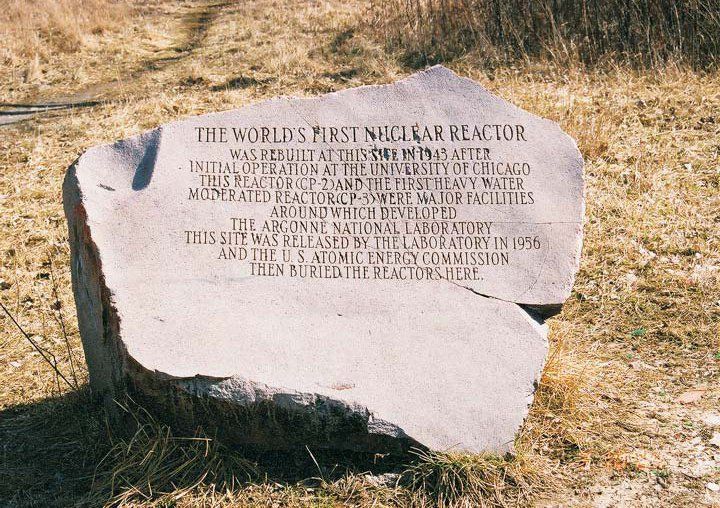
"On December 2, 1942, the world’s first self-sustaining, controlled nuclear chain reaction took place paving the way for a variety of advancements in nuclear science," the Department of Energy says.
"The experiment took place at the University of Chicago’s football stadium under the direction of Enrico Fermi—a Nobel Prize-winning scientist.
"Chicago Pile-1 was the world’s first nuclear reactor to go critical and fueled future research by the Energy Department’s national laboratories to help develop early naval and nuclear reactors. Fifteen years to this historic day, America’s first full-scale atomic electric power plant went critical on December 2, 1957 as the nation began reaping the benefits of clean and reliable nuclear power."

"Here are 10 intriguing facts you probably didn’t know about the world’s first controlled release of nuclear energy:
1. The experiment took place at 3:36 p.m. in a converted squash court at the University of Chicago’s abandoned Stagg Field in Chicago, Illinois.
2. Forty-nine scientists, led by Fermi, were present for the event. Leona Marshall was the lone female researcher.
3. The word “pile” was used in the first few years of the atomic age and gradually gave way to “reactor” to identify the key device that controls the nuclear fission reaction.
4. The reactor was built with graphite blocks, some of which contained small disks of uranium.
5. Scientists monitored the reaction on instruments named after Winnie the Pooh characters—Piglet, Tigger and Pooh.
6. Scientist George Weil withdrew the cadmium-plated control rod unleashing the first controlled chain reaction.
7. The reactor had three sets of control rods. One was automatic and could be controlled from the balcony. Another was an emergency safety rod. The third rod (operated by Weil) actually held the reaction in check until it was withdrawn the proper distance.
8. The group celebrated with a bottle of Chianti that was poured into paper cups. Most of the participants signed the wine bottle’s label. This was the only written record of who had taken part in the experiment.
9. In the lead up to this experiment, a letter from Albert Einstein
to President Franklin D. Roosevelt helped lead to the Manhattan Project—a government research project that produced the first atomic bombs. It was also the seed that grew into the modern U.S. Department of Energy national laboratory system.
10. The Energy Department’s Fermi National Accelerator Laboratory
is named in honor of Enrico Fermi for his contributions to nuclear physics and scientific success at nearby University of Chicago.
(Source: Department of Energy)
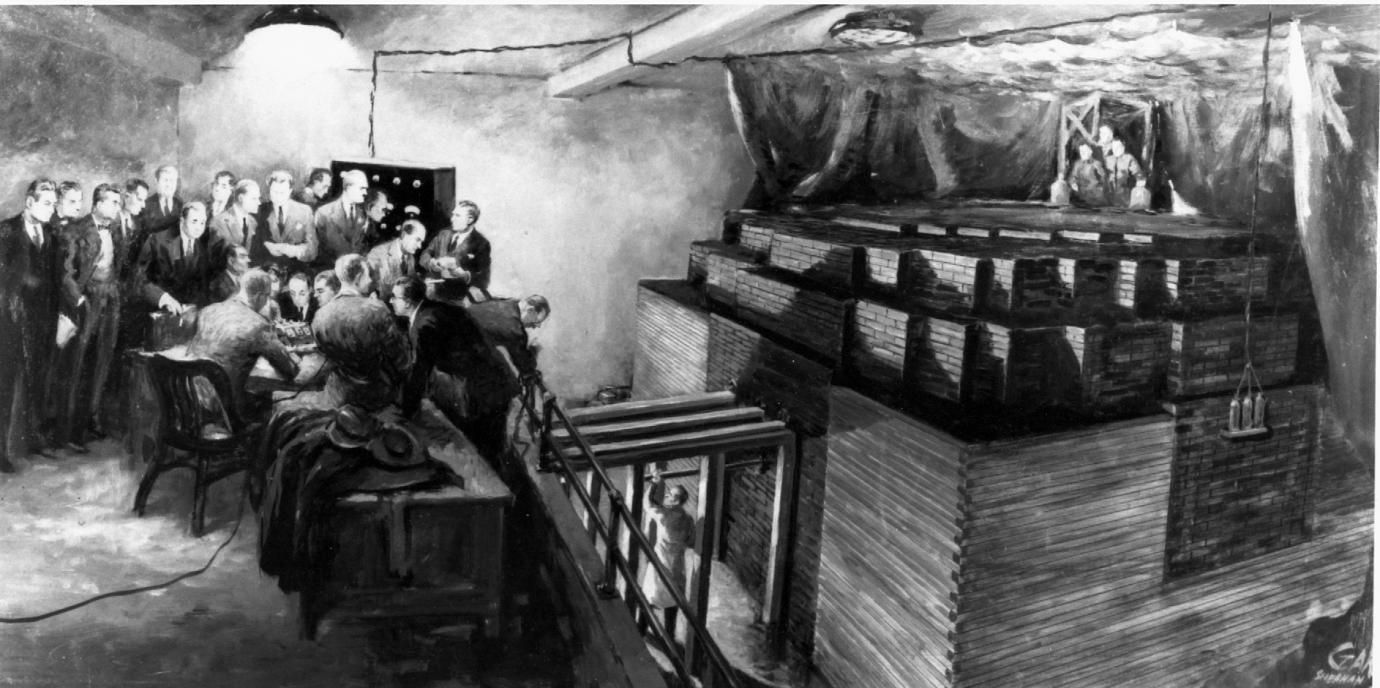
"On December 2, 1942, scientists at the University of Chicago produced the world’s first self-sustaining nuclear chain reaction beneath the West Stand of Stagg Field, the University’s athletic stadium. This experiment, crucial to the control of nuclear fission, drove a rapid nationwide expansion of the Manhattan Project, the secret federal research and engineering program charged with producing a nuclear bomb," the
University of Chicago Library says.
"Chicago’s role in the Manhattan Project did not end with the successful operation the first nuclear reactor. Buildings across the University of Chicago campus were converted for use by the code-named Metallurgical Laboratory. The Met Lab conducted extended research on the structure of uranium, developed the process for separating plutonium from uranium, and investigated nuclear radiation’s biological effects and safety issues. At the end of World War II, the Metallurgical Laboratory was transformed into the first United States federal laboratory, Argonne National Laboratory.
"Chicago’s Met Lab also took the lead in organizing scientists’ political response to the devastation caused by atomic bombs at Hiroshima and Nagasaki. Concerned about the future development and use of nuclear weapons, Met Lab veterans created the Atomic Scientists of Chicago and began publishing the Bulletin of the Atomic Scientists. They joined scientists from other Manhattan Project sites across the country and pressed successfully in 1946 for the passage of the Atomic Energy Act (McMahon Act) and creation of the civilian Atomic Energy Commission."
"An unassuming pile of black graphite bricks containing uranium became known famously as Chicago Pile 1, the world’s first human-created, self-sustaining nuclear chain reaction. Eighty years later, nuclear scientists continue to deliver on its promise.
"On a frigid Dec. 2, 1942, beneath The University of Chicago’s football field, Enrico Fermi and his colleagues conducted a physics experiment that forever changed the world. An all-important step forward for the United States in its Manhattan Project race to outwit Germany in the pursuit of atomic weapons, the secretive Chicago Pile 1 experiment hastened the end of World War II. It also opened the door to medical isotopes that treat cancer, neutrons for materials science experiments, and safe, renewable nuclear energy. Today, that energy powers everything from submarine fleets to homes and businesses without adding any carbon to the atmosphere," the
Aragonne National Laboratory says.
"Fermi’s experiment was at once complex and simple. A 20-feet wide by 25-feet high pile of graphite bricks included a few that contained small amounts of uranium. Long, vertical, wooden rods coated in cadmium, a material known to slow the movement of neutrons, laced the pile. By methodically removing the rods, Fermi and his team proved that atoms in the uranium’s nucleus could be triggered to split. Some of the neutrons ejected from the original atoms were absorbed by other uranium atoms, safely releasing energy each time until the scientists slowed the chain reaction to a stop by carefully reinserting the rods."
"Begun by the need to determine whether a nuclear chain reaction could be created and controlled, Manhattan Project administrators selected the University of Chicago as the site of the Metallurgical Laboratory (Met Lab), a code-named facility that would bring together dozens of top scientists to research whether a controlled nuclear reaction, a key step in atomic bomb creation, could be achieved," the
National Park Service says.
"Led by Arthur Compton, the Met Lab assembled a team of scientists that included Enrico Fermi, Leo Szilard, Eugene Wigner, and Leona Woods Marshall Libby, the youngest member and only female member of the team. On a squash court underneath the university’s unused Stagg Field football stands, the scientists and workers built a 20-foot-tall (6 meter) stack of graphite and uranium blocks over a two-week period, creating space for control rods and purifying the graphite and uranium.
"On December 2, 1942 at 3:53 pm CST, with the control rods carefully removed, their creation, dubbed the Chicago Pile (CP-1), reached criticality. It was the first time in history that a self-sustaining nuclear reaction had been achieved. The scientists celebrated with a bottle of Chianti, as a vital step toward the nuclear age had proved successful.
"The outcome of CP-1's success led to the construction a few months later of Oak Ridge’s X-10 Graphite Reactor, the world’s first full-scale experimental reactor that served as the basis for the massive plutonium-producing reactors at Hanford. Though CP-1 was disassembled shortly after the experiment, the site of its construction was dedicated a National Historic Landmark in 1967."
Photos: World's First Nuclear Reactor, world record in Chicago, Illinois
(1) Chicago Pile One scientists at the University of Chicago on December 2, 1946, the fourth anniversary of their success.
Back row, from left:
Norman Hilberry,
Samuel Allison, Thomas Brill, Robert Nobles, Warren Nyer, and Marvin Wilkening.
Middle row:
Harold Agnew, William Sturm,
Harold Lichtenberger,
Leona Woods and
Leó Szilárd. Front row:
Enrico Fermi,
Walter Zinn,
Albert Wattenberg and
Herbert L. Anderson. Photo:
Wikimedia
(2) The first nuclear reactor was erected in 1942 in the West Stands section of Stagg Field at the University of Chicago. On December 2, 1942 a group of scientists achieved the first self-sustaining chain reaction and thereby initiated the controlled release of nuclear energy. The reactor consisted of uranium and uranium oxide lumps spaced in a cubic lattice embedded in graphite. In 1943 it was dismantled and reassembled at the Palos Park unit of the Argonne National Laboratory. Author: Melvin A. Miller of the Argonne National Laboratory/Wikimedia
(3) Exponential pile. At least 29 exponential piles were constructed in 1942 under the West Stands of Stagg Field. Photo: Energy.gov/Wikimedia
(4) Graphite-block base of the world's first nuclear reactor assembled in the squash court under the West Stands of Stagg Field...Photo: Energy.gov/Wikimedia
(5) CP-1 during assembly. Photograph shows the 7th layer of graphite blocks and edges of the 6th layer. Date 1942. Photo": Energy.gov/Wikimedia
(6) Site A/Plot M Disposal Site. Marker at Site A. Text of the inscription: "The world's first nuclear reactor was rebuilt at this site in 1943 after initial operation at the University of Chicago. This reactor (CP-2) and the first heavy water moderated reactor (CP-3) where major facilities around which developed the Argonne National Laboratory. This site was released by the laboratory in 1956 and the U.S. Atomic Energy Commission then buried the reactors here. Photo: Federal Government of the United States/Wikimedia
(7) Dr. Norman Hilberry (left) and Dr. Leo Szilard stand beside the site where the world's first nuclear reactor was built during World War II. Both worked with the late Dr. Enrico Fermi in achieving the first self-sustaining chain reaction in nuclear energy on December 2, 1942, at Stagg Field, University of Chicago. c. undated." Photo: DOE Digital Archive/Wikimedia
The plaque reads:
ON DECEMBER 2, 1942
MAN ACHIEVED HERE
THE FIRST SELF-SUSTAINING CHAIN REACTION
AND THEREBY INITIATED THE
CONTROLLED RELEASE OF NUCLEAR ENERGY
(8) UChicago News
